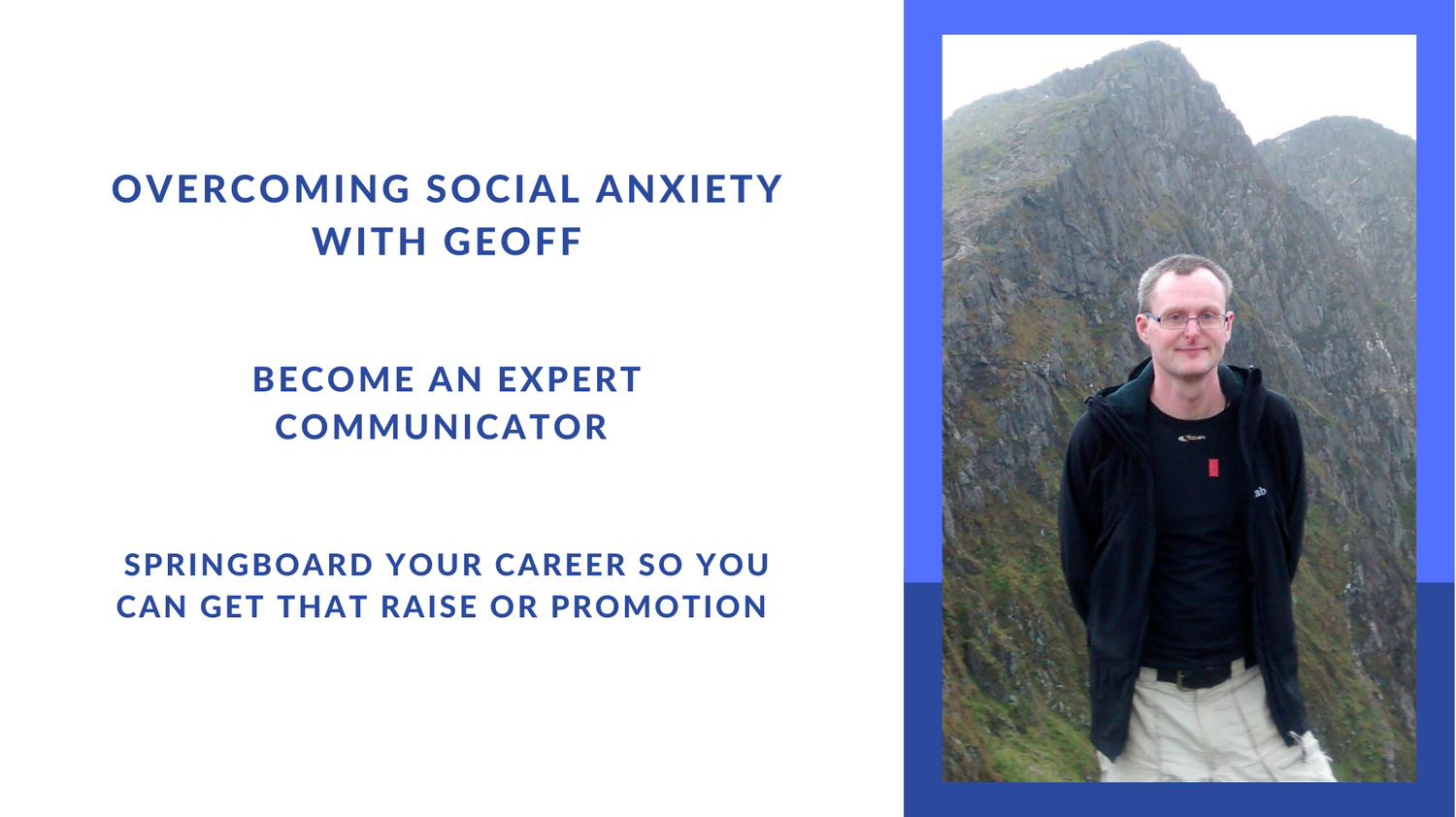𝓘𝓢 𝓘𝓣 𝓦𝓞𝓡𝓣𝓗 𝓣𝓐𝓚𝓘𝓝𝓖 𝓣𝓗𝓔 𝓡𝓘𝓢𝓚?
We can sometimes feel confident that we can take Opportunities or Ideas and run with them right away. Other times we may well hesitate and ponder over the risks.
In Chinese Medicine, the Water Element is related to fear and safety. Some people are fearless and climb mountains or fight fires. Others are fearful of leaving the house or speaking in public. A normal person will have a rational level of fear. They will avoid fires, steep drops and poisonous or dangerous animals.
Everyone is on this spectrum from fearful to fearless.
We are constantly assessing the risk in different situations. Sometimes we will ask the question "Is it worth the risk?" As some Opportunities and Ideas can involve a certain amount of risk. If we are sensible we can take steps to mitigate these risks.
You might ask "Is this something that can change my entire life?" As we receive those opportunities or ideas we may feel conflicted about whether we should take the opportunities or not. We may well decide to play safe in our job or life. This is in opposition to the part of you that wants to take the risk and really change your life.
NLP has a method called parts integration that brings the conflicting parts of you that are stopping you to move forward in a particular situation into unity. This will allow you to move forward without conflict.
In TCM and Five-element acupuncture we can help normalise the fear by treating the Water Element
Scrambling through a stream in the Lake District


